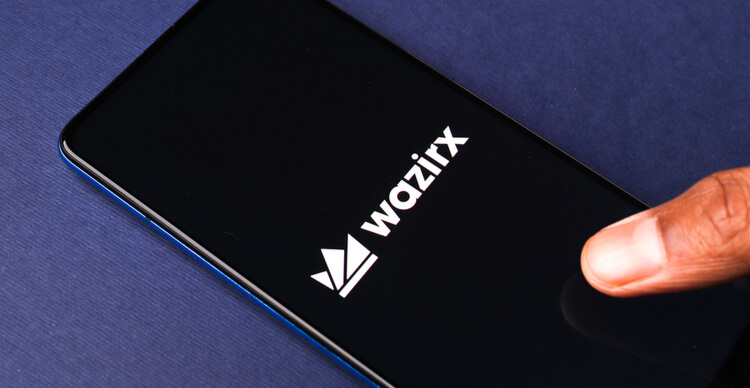Fantom is an open-sourced, scalable, smart contract platform. Fantom is a high-performing, decentralized, permissionless platform designed to deal with the limitations of past blockchain platforms. Fantom platform aims to build some infrastructure for a more efficient future so people can use the latest advances to improve the quality of life.
Fantom introduces itself as a part of a digital revolution that will eventually be used in various aspects of life, including completely digital payments, economy, medical history, identity, etc. The native token on the Fantom platform is called FTM.
Fantom is one of the few platforms which supports the Defi ecosystem. You can trade directly from your wallet by accessing Defi.
Fantom uses a technology called Opera chain, which is a kind of distributed infrastructure. Opera aims to solve the scalability problems with the previous blockchains via the fast processing of blocks. It processes both transaction information and story data( detailed historical information). The Opera smart contract Chain uses a new consensus algorithm called the LCA (Lachesis Consensus Algorithm). We will explain what you may need to know about these layers and algorithms in the security section.
Fantom Vision
Fantom wishes to grant compatibility between all transactions and create a new security infrastructure that lets real-time transactions and data sharing on the network.
Fantom’s goal is to be used on a large scale in different industry verticals (such as logistics, electric vehicle provision, telecommunication, etc.).
To provide all users with reliable global transactions, Fantom uses the next generation of distributed ledger technologies. This open-source platform offers various application support tools that make dApps (decentralized applications).
Why Fantom?
The fantom foundation has created an engine called Lachesis protocol for reaching a consensus on transactions. This protocol uses a DAG(directed acyclic graph) based algorithm to have aBFT (achieve asynchronous Byzantine fault tolerance).
Lachesis has the following qualities:
1- Asynchronous: Users can process commands at different times
2- aBFT: supports 1/3 of faulty nodes
3- Leaderless: No participant has the authority in block production
4- Near-Instant Finality: Transactions happen under 3 seconds
Fantom intends to make a new platform that improves the versatility and scalability of DAGs (directed acyclic graph), which is a directed graph with no directed cycles. Fantom wished to process hundreds of thousands of transactions every second, even when there are a lot of nodes present in the network.
Fantom History
Ahn Byung Ik has a Ph.D. in computer science from Yonsei University. He is from Korea. He built a food-tech platform called SkiSin and is the current CEO of Fantom Foundation. Joseph Jang (the COO and CSO) has many years of experience in blockchain, law, finance, etc.
A team established Fantom in 2018, and the foundation presented Fantom in 2019. In 2019 Fantom announced that it would be on Binance and other standards, including BEP2 and ERC20 of Fantom, would be available.
In 2021, these standards paved the way for integrating Ethereum applications on Opera. Opera is a PoS layer that uses the Lachesis protocol to validate transactions and make new blocks. Opera now has several DeFi applications.
The Fantom platform has focused on DeFi with the help of Andre Cronje (Yearn Finance founder). Cronje is a technical advisor to Fantom and has helped promote Fantom’s multi-chain such as Fantom’s bridge to Etherium.
This company has big ambitions to apply DAG tech to change how cryptocurrency works. Dr.Ahn and his team made Fantom develop its role in daily life.
There are 3.175 billion FTM tokens in the world. The foundation distributes FTM in the following fashion:
- Forty percent for token sale
- Thirty percent for market development
- Fifteen percent for advisors/contributors
- Fifteen percent for FANTOM team and founders




